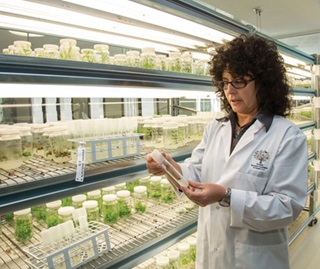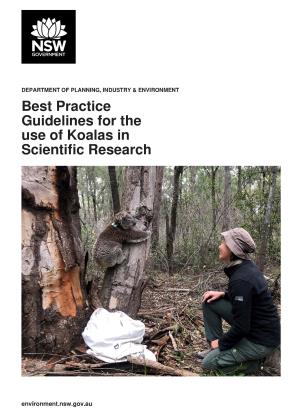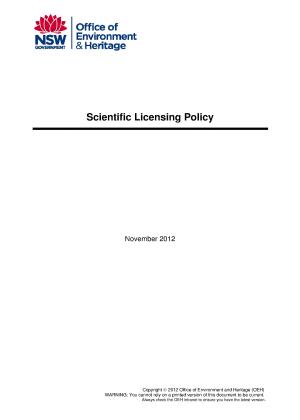 A biodiversity conservation licence may be granted under Part 2 of the Biodiversity Conservation Act 2016, which authorises the licensee and other nominated individuals to carry out activities involving protected and threatened animals or plants, habitat of threatened species, threatened ecological communities or areas of outstanding biodiversity value in accordance with our Scientific licensing policy. A scientific licence is a type of biodiversity conservation licence.
A biodiversity conservation licence may be granted under Part 2 of the Biodiversity Conservation Act 2016, which authorises the licensee and other nominated individuals to carry out activities involving protected and threatened animals or plants, habitat of threatened species, threatened ecological communities or areas of outstanding biodiversity value in accordance with our Scientific licensing policy. A scientific licence is a type of biodiversity conservation licence.
It is also important to note that under the National Parks and Wildlife Act 1974, an individual or organisation also requires a defence to conduct any research activity within National Parks and Wildlife Services managed lands. Some activities, such as soil collection or non-invasive fauna surveys, will not require a biodiversity conservation licence and can be authorised by a consent issued by a park authority under Section 26 of the National Parks and Wildlife Regulation 2019.
You must contact the local National Parks and Wildlife Service area office for approval at least 2 weeks before commencing activities.
Licences help us protect and maintain our protected native plant and animal populations, as well as make sure people working with them have the experience and knowledge to work responsibly.
When you need a licence
You need a biodiversity conservation licence if your activity or project is likely to require a defence under Part 2 of the Biodiversity Conservation Act 2016.
You require a defence to:
- harm or attempt to harm protected and threatened animals, or animals that are part of a threatened ecological community, this includes:
- the capturing, injuring and/or killing of protected and threatened animals
- pick protected and threatened plants, or plants that are part of a threatened ecological community, this includes:
- collecting seeds, removing whole plants and taking cuttings of any part of a plant
- damage a declared area of outstanding biodiversity value, this includes:
- harming or attempting to harm animals
- picking plants
- removing or relocating any part of the area
- carrying out an activity that prevents the continued use of the area by animals
- damage the habitat of individually listed threatened species or a threatened ecological community, this includes:
- harming or attempting to harm animals
- picking plants
- removing or relocating any part of the habitat
- carrying out an activity that prevents the continued use of the habitat by animals
- deal in or attempt to deal in protected and threatened animals or plants, this includes:
- buying or selling, trading, importing or exporting, possessing
- advertising or holding out to be prepared to do any of the above
- liberate animals
- approach or interfere with a marine mammal in a manner that varies from the prescribed regulations.
If you're unsure whether your action constitutes an offence, contact the Wildlife Team for advice.
Licence classes
We issue a number of different scientific licence classes, and these are issued with varying durations and specific conditions.



